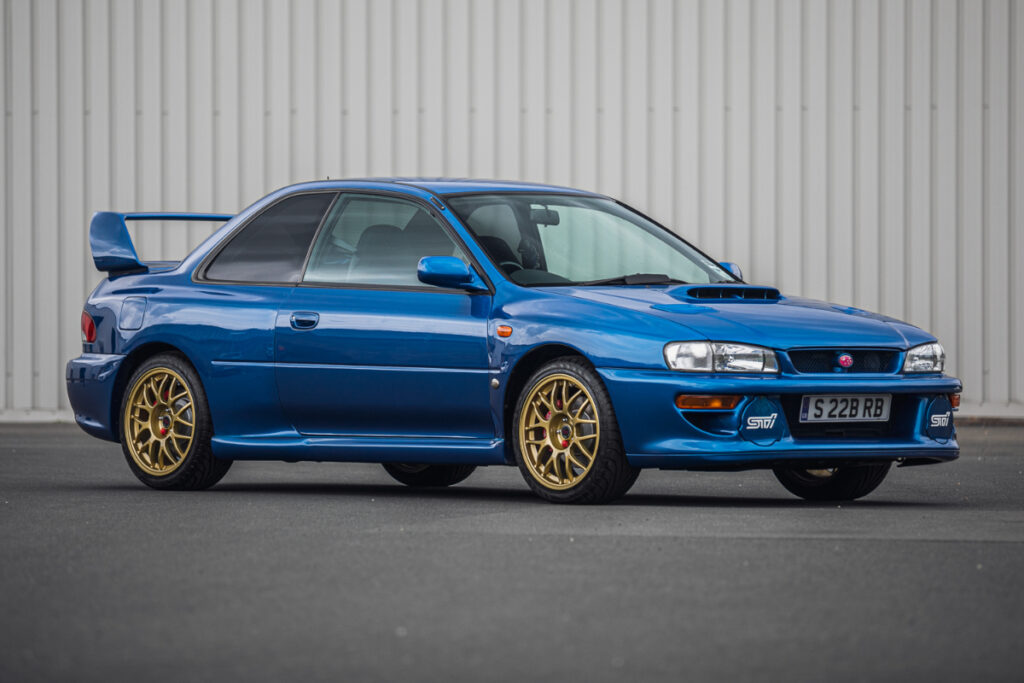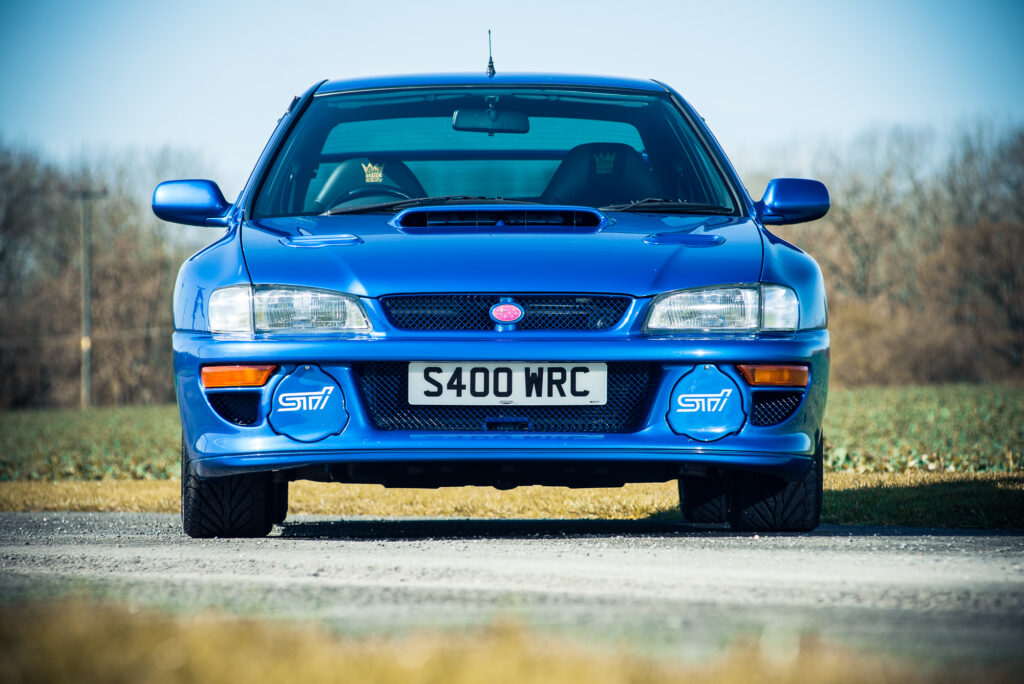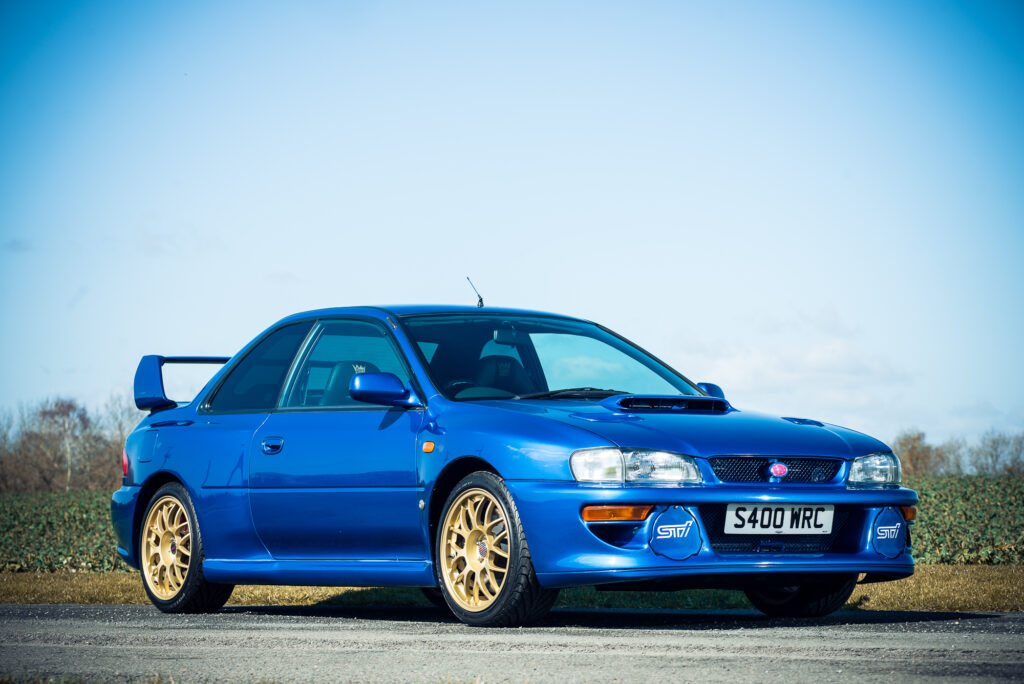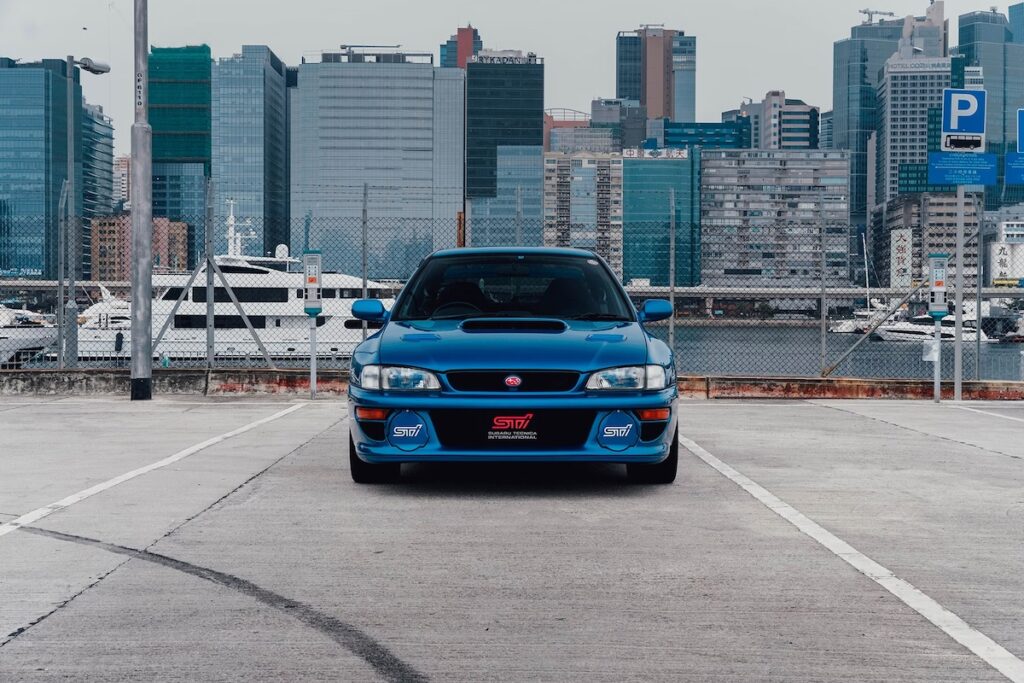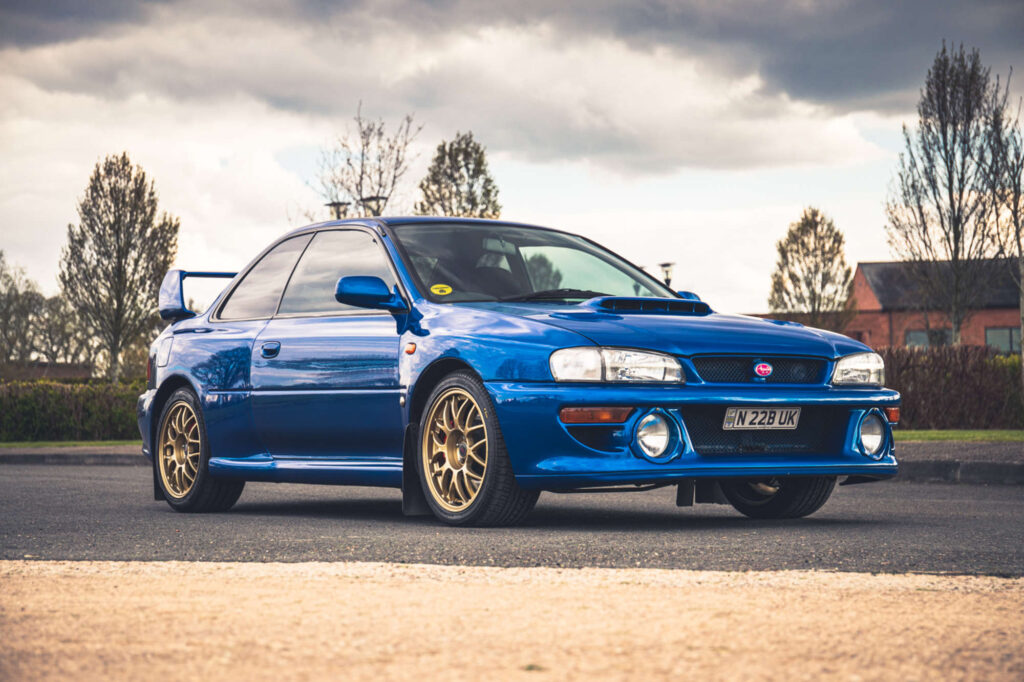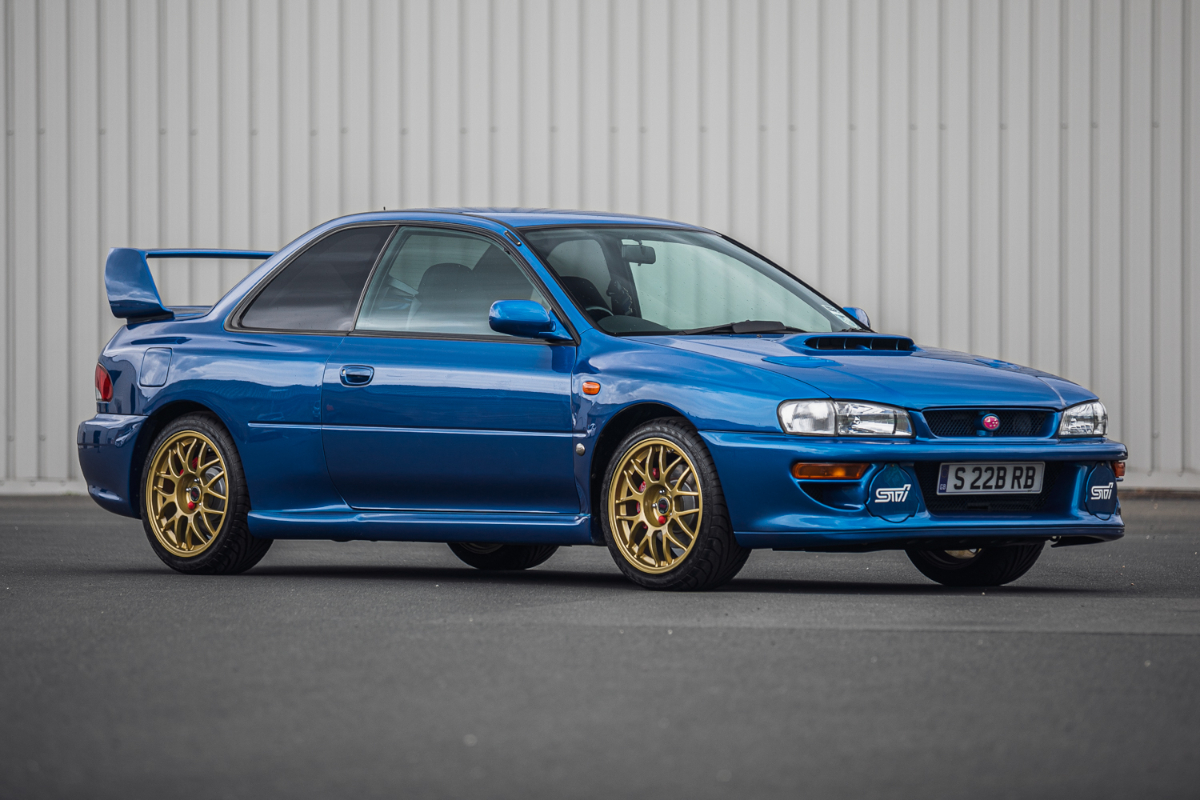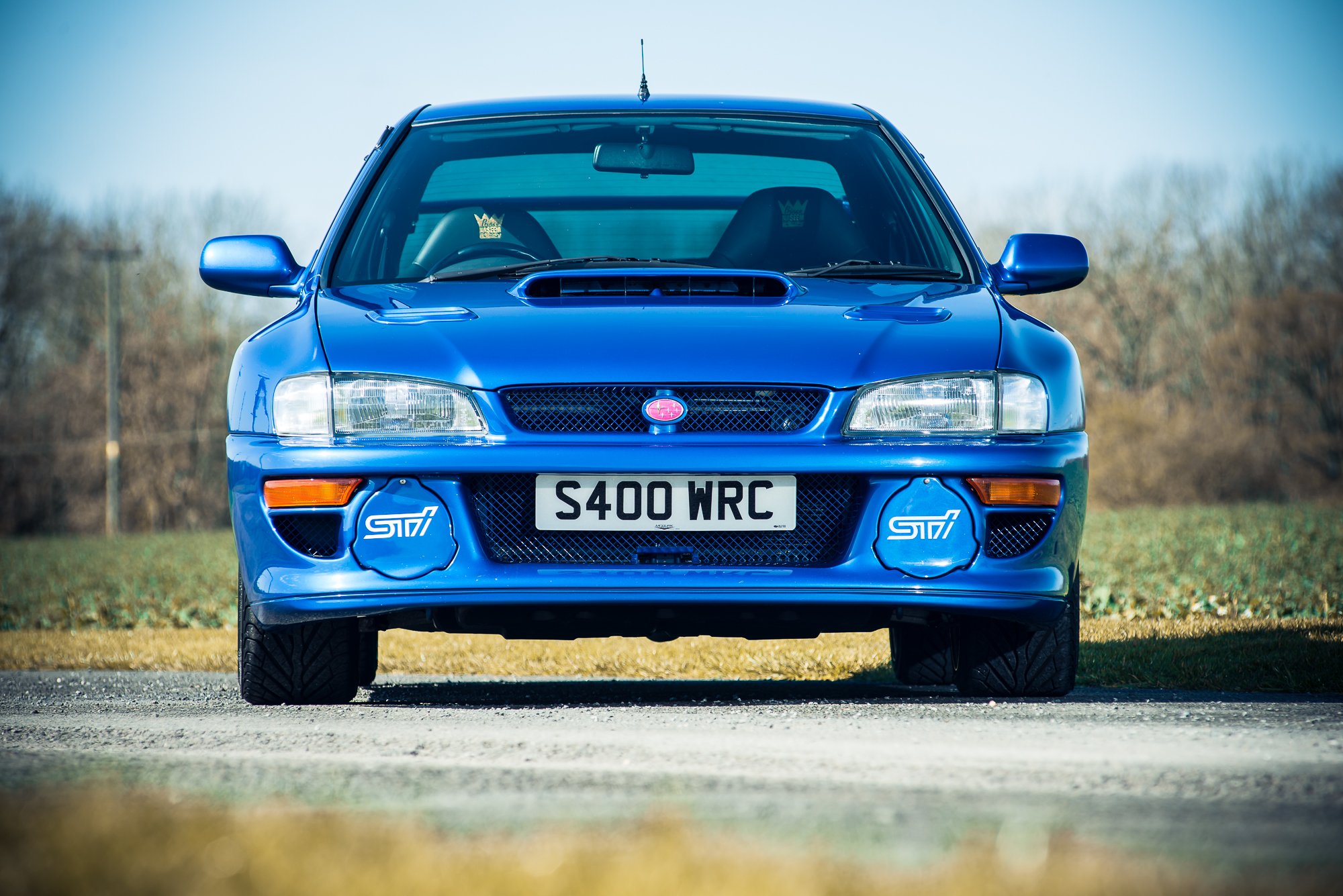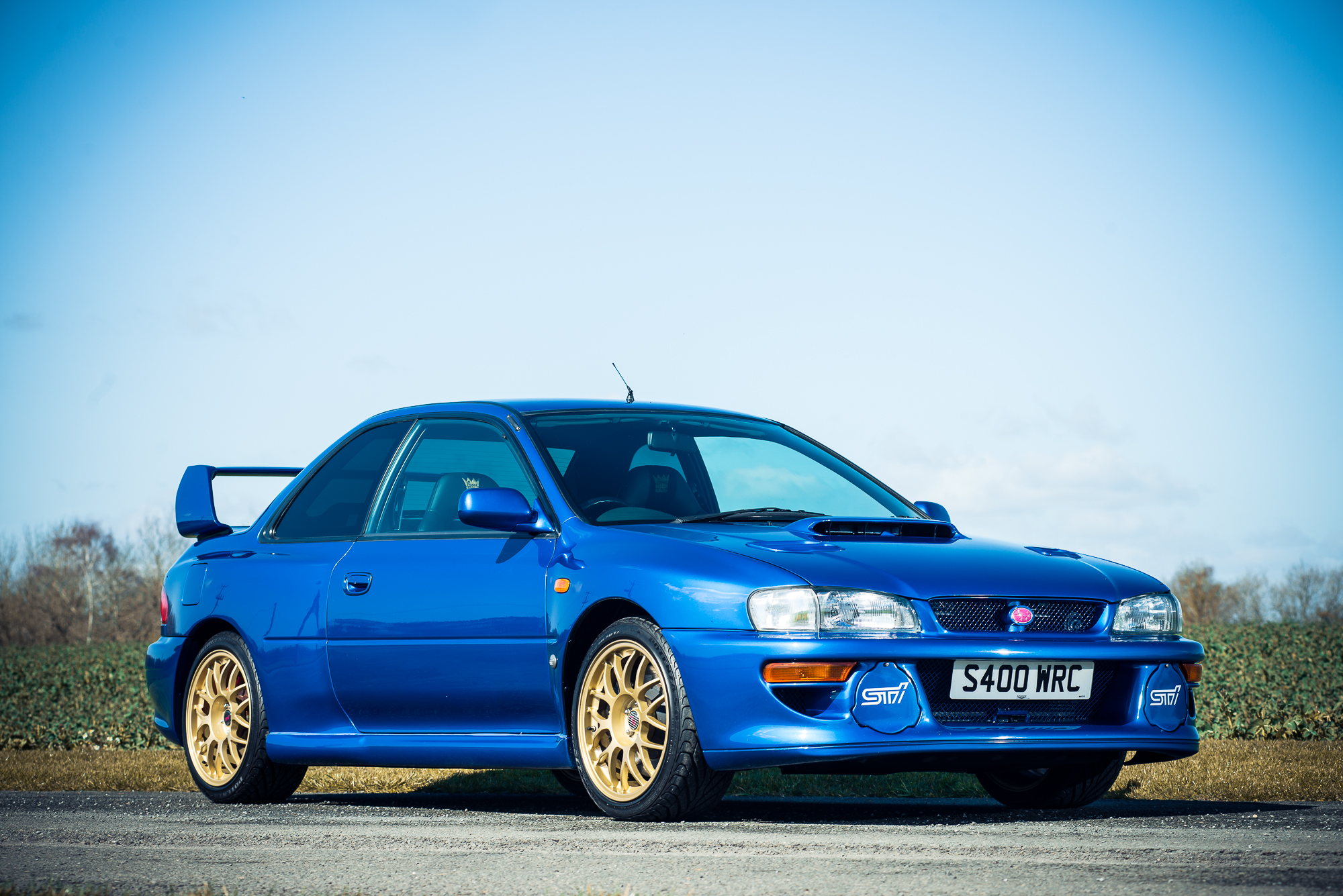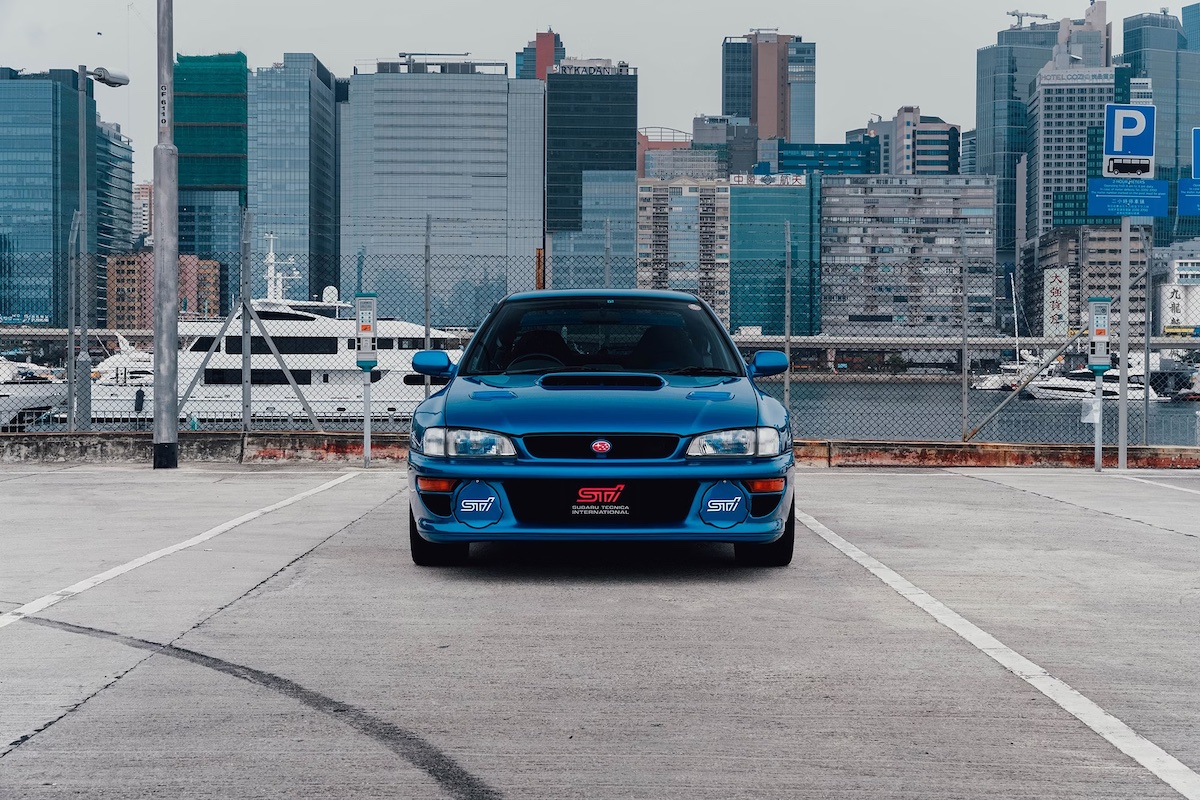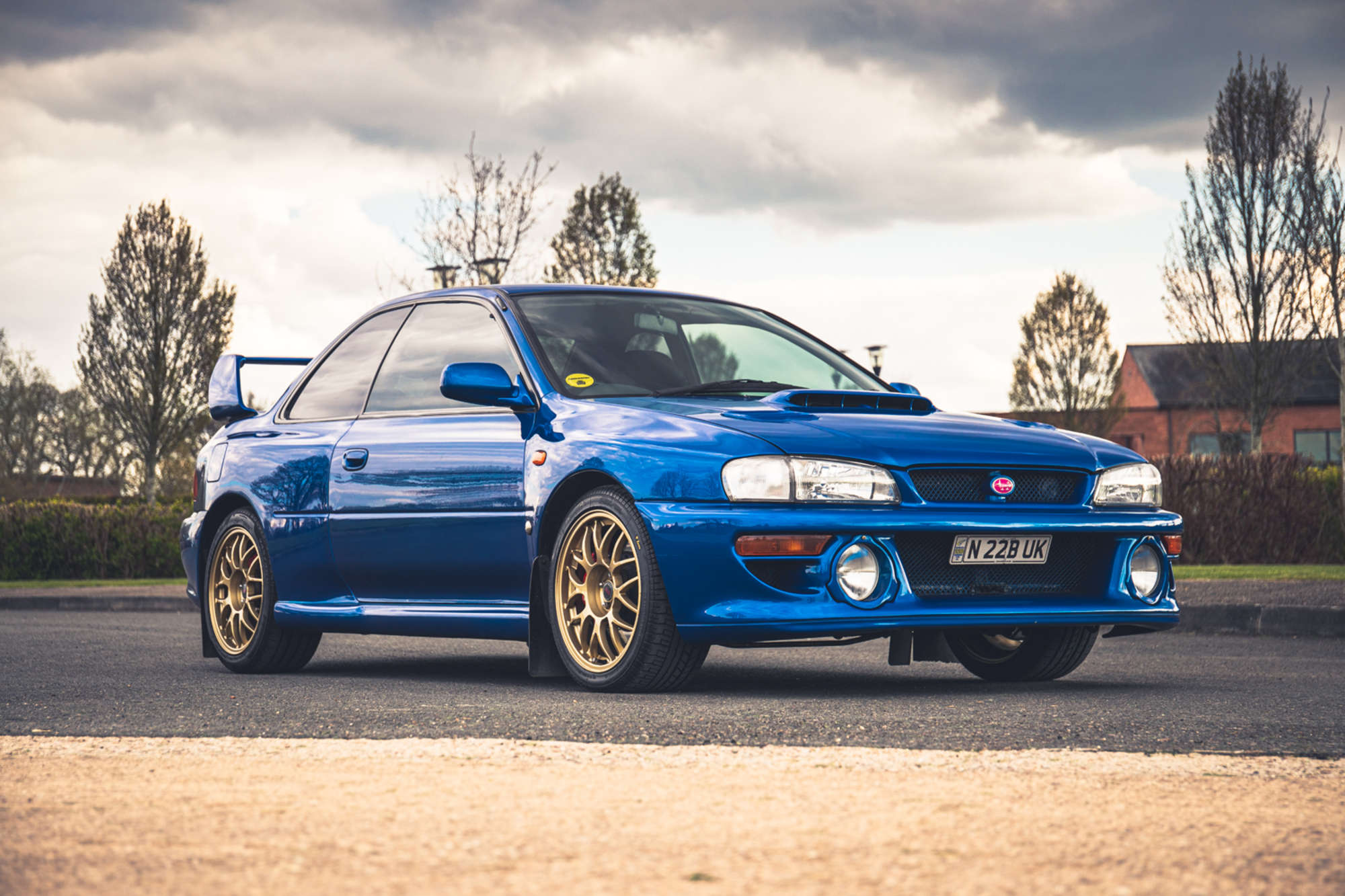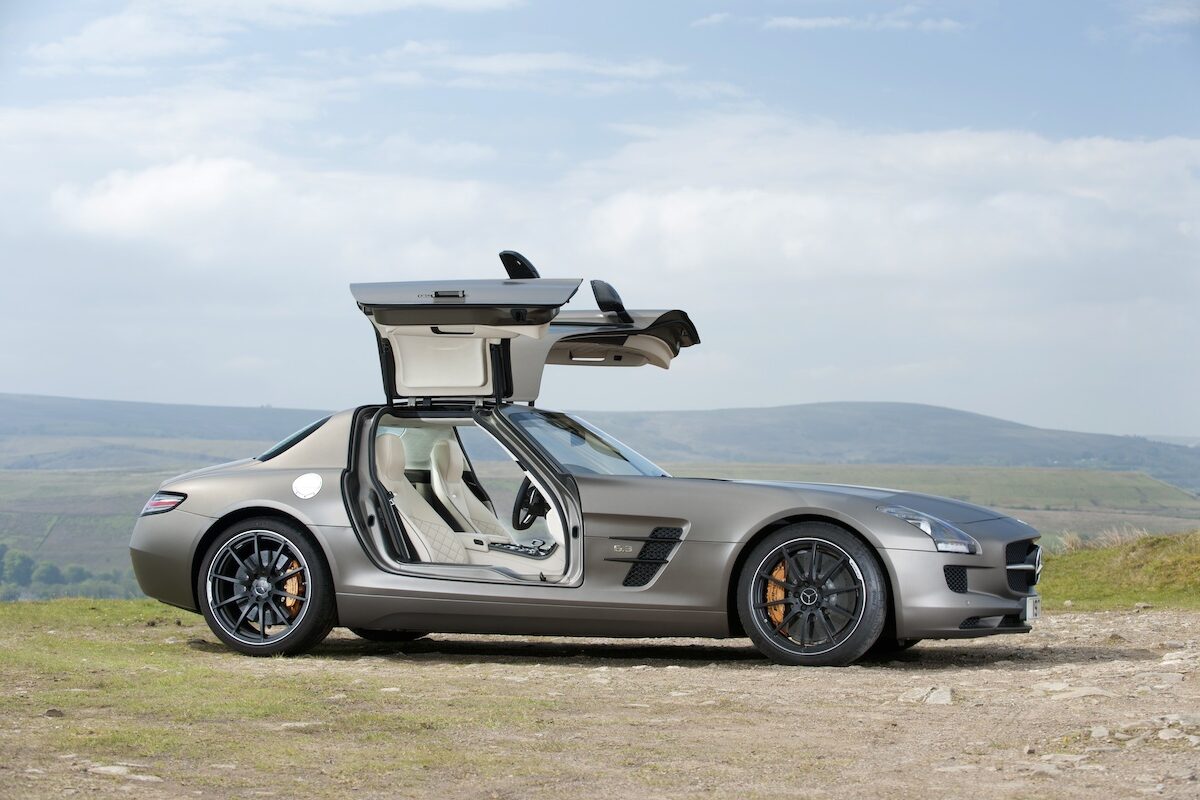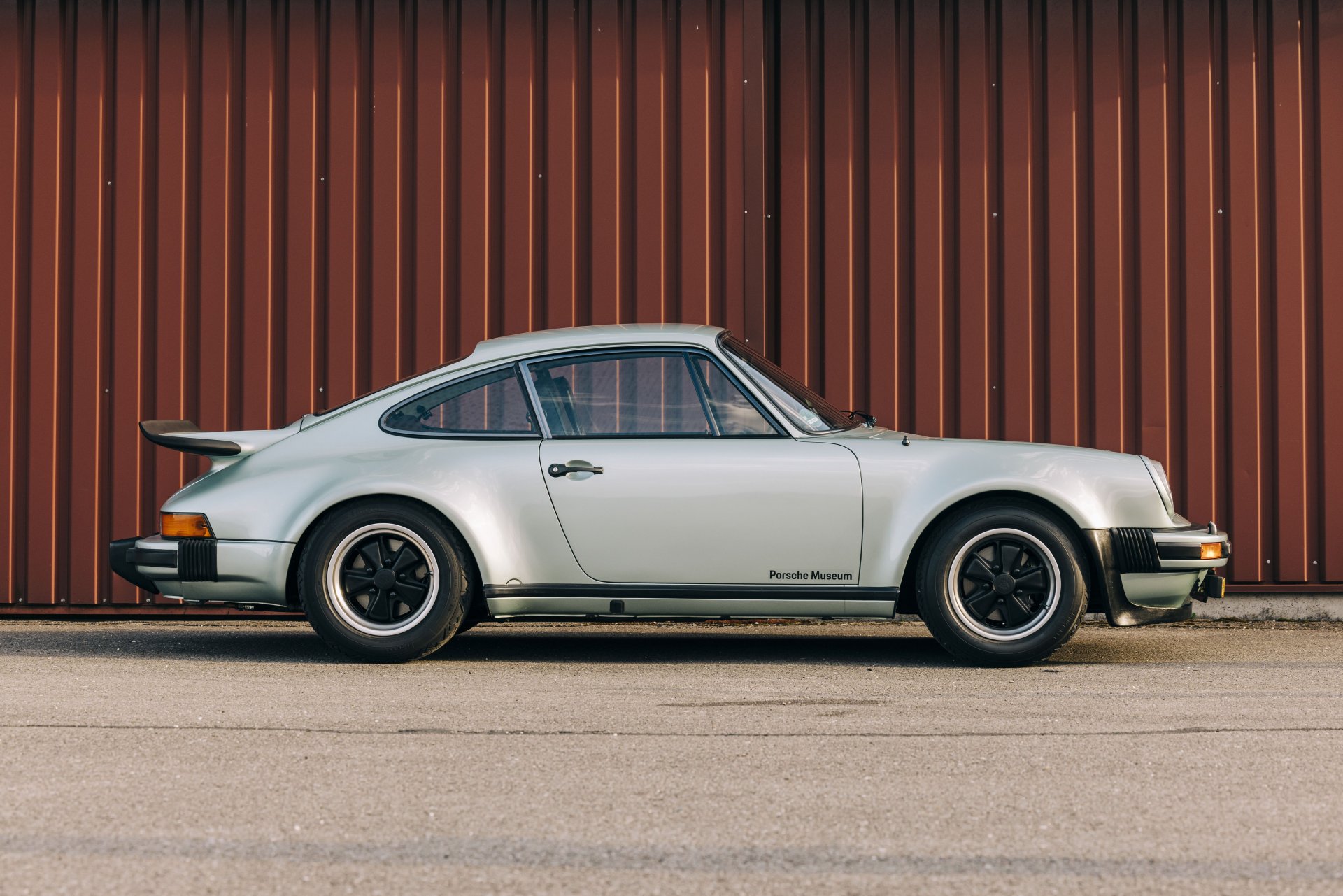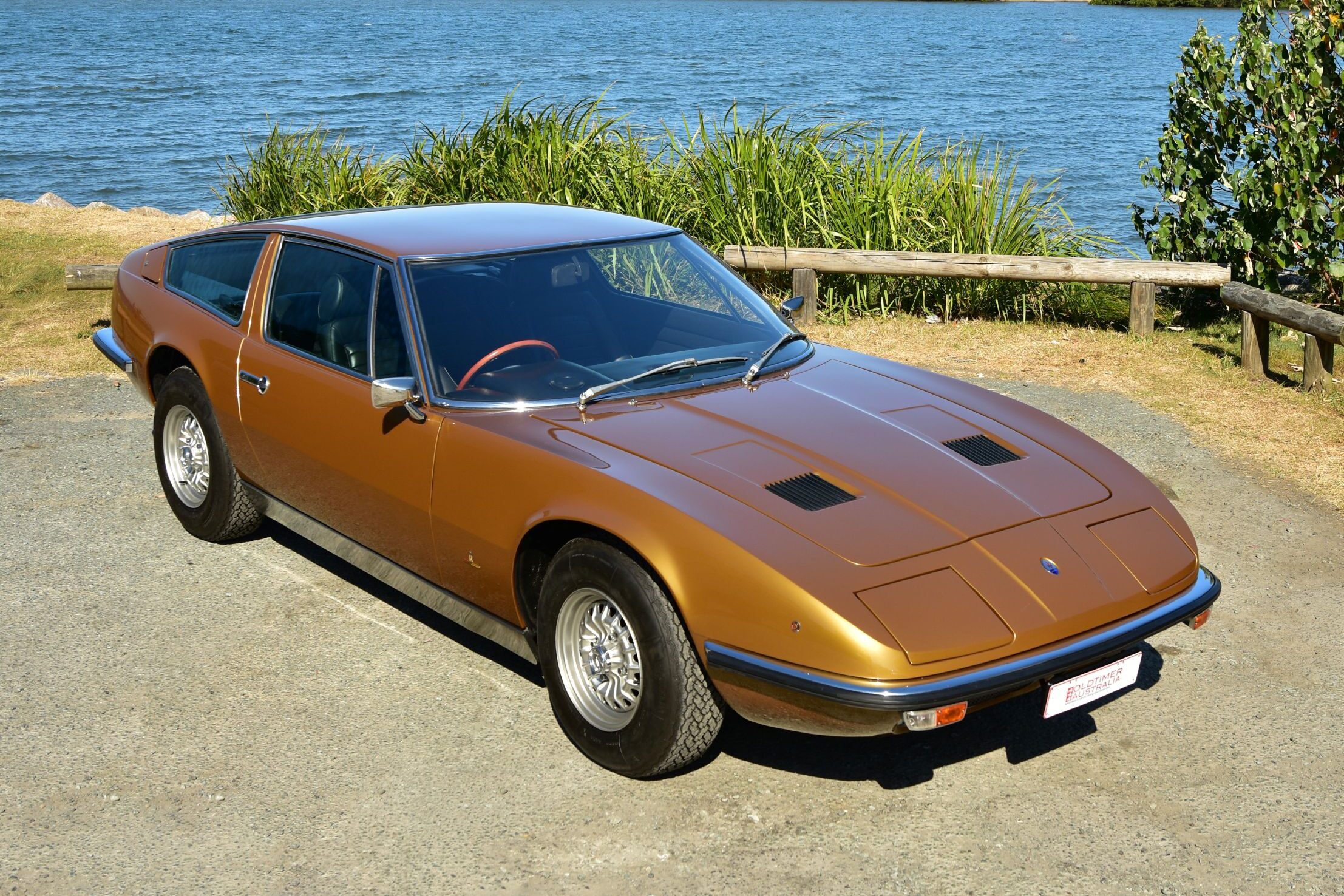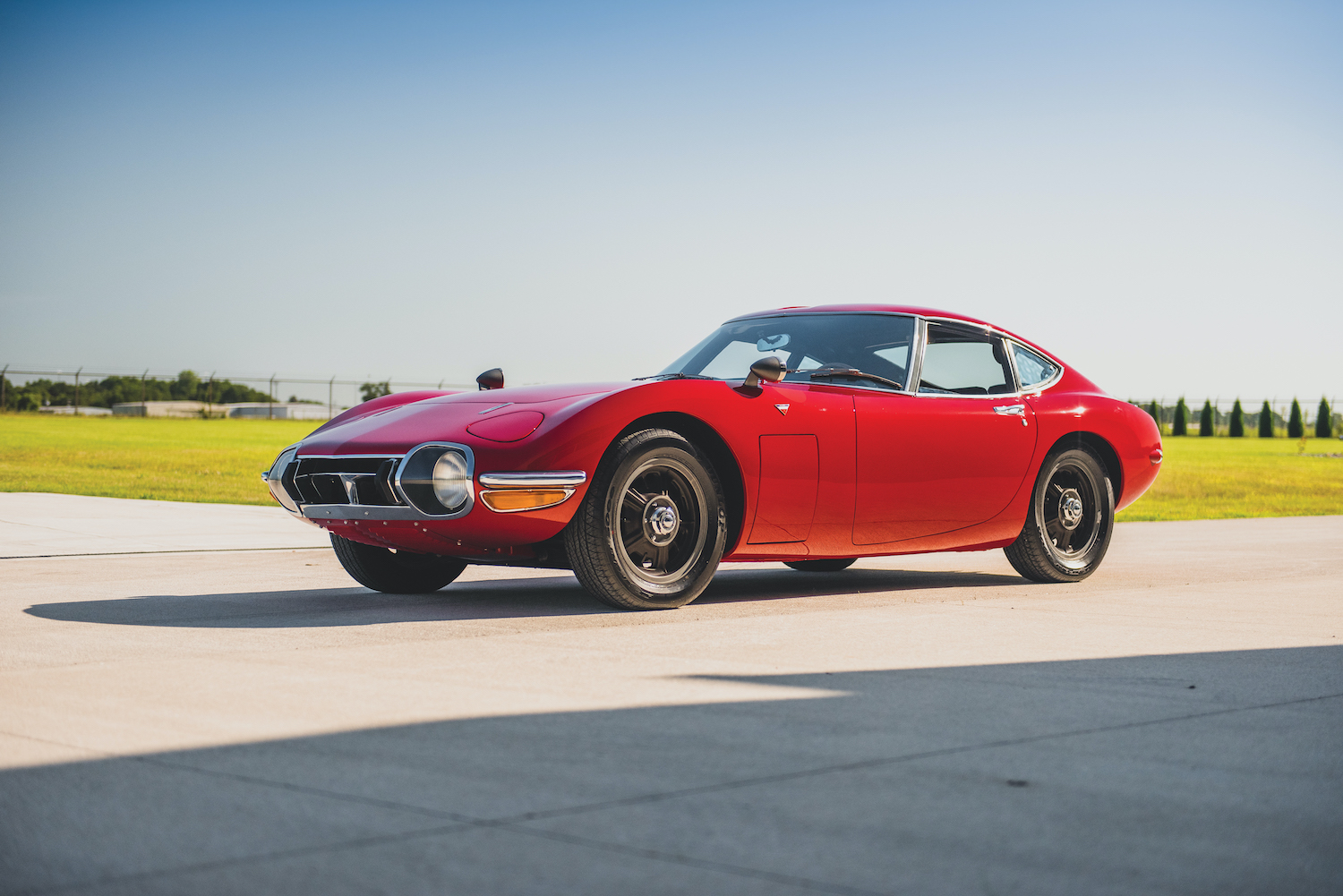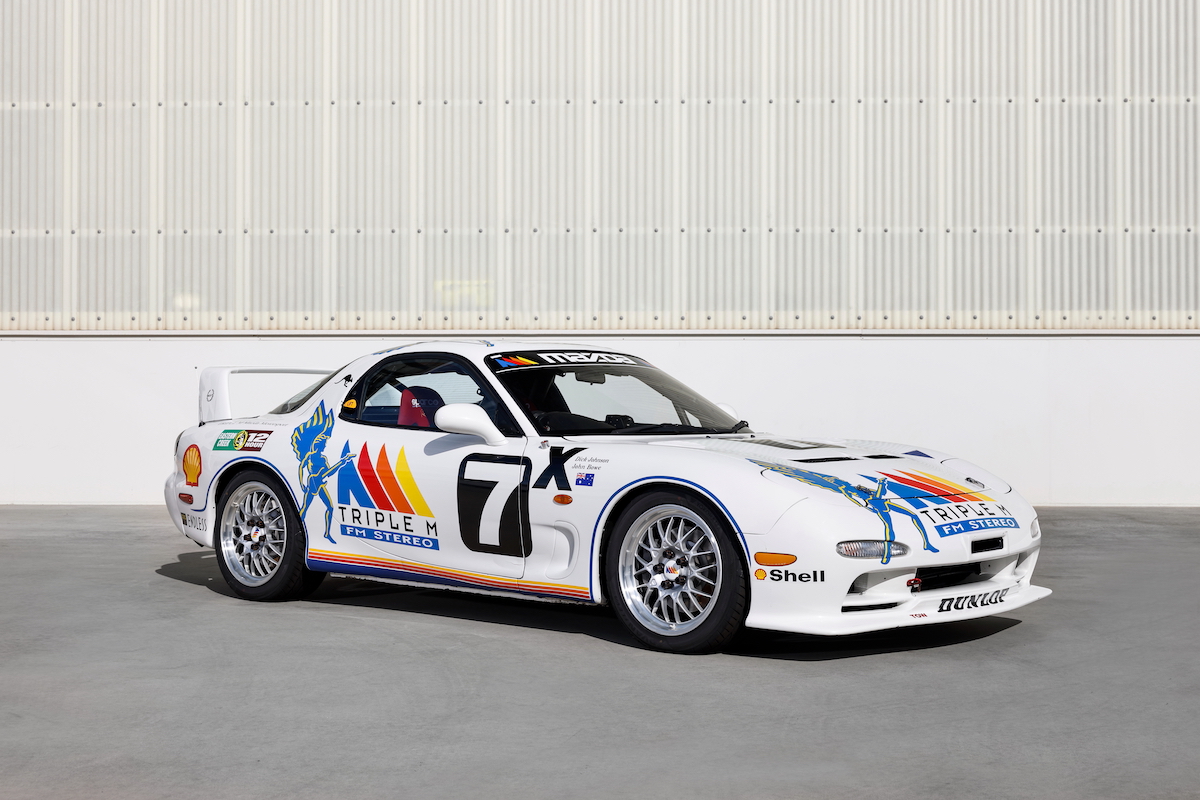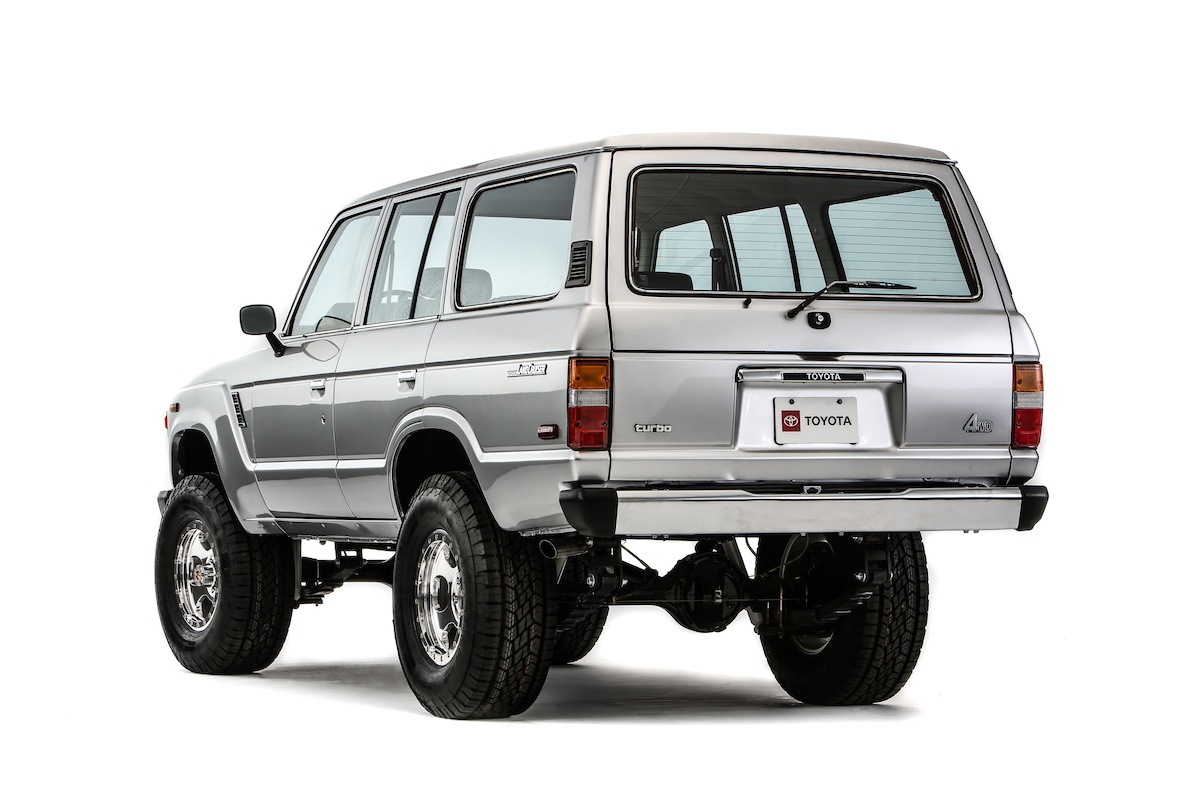In the mid-1980s just as Subaru’s era of rally dominance was emerging, RX Turbo sedans with their horizontally-opposed engines and muted exhaust note were known amongst spectators as ‘The Whispering Death’.
Much quieter than a tweaked Datsun 1600 or Stanza, let alone the rotary-powered Mazda RX-7, but capable of travelling just as fast, the Subarus would suddenly appear over a crest as unwary onlookers were crossing the track. Yikes!
While these boxy Japanese machines may have lacked the sound and fury of big horsepower rear-wheel drive rivals, their combination of all-wheel drive traction and turbocharged performance would prove the way of the future.
Fast forward almost two decades to 1998, when the brand represented by the Pleiades star cluster was celebrating its 40th anniversary, the annals would show Subaru had already captured three World Rally Championships and countless national titles.
Clearly, any car built to highlight that anniversary would need to be rally inspired. But up until then, Subaru had relied on its collaboration with British firm Prodrive to prepare its distinctive Mica-Blue cars vehicles for the World Rally Championship, in the hands of contracted drivers with names like Burns, McRae, and Bourne.
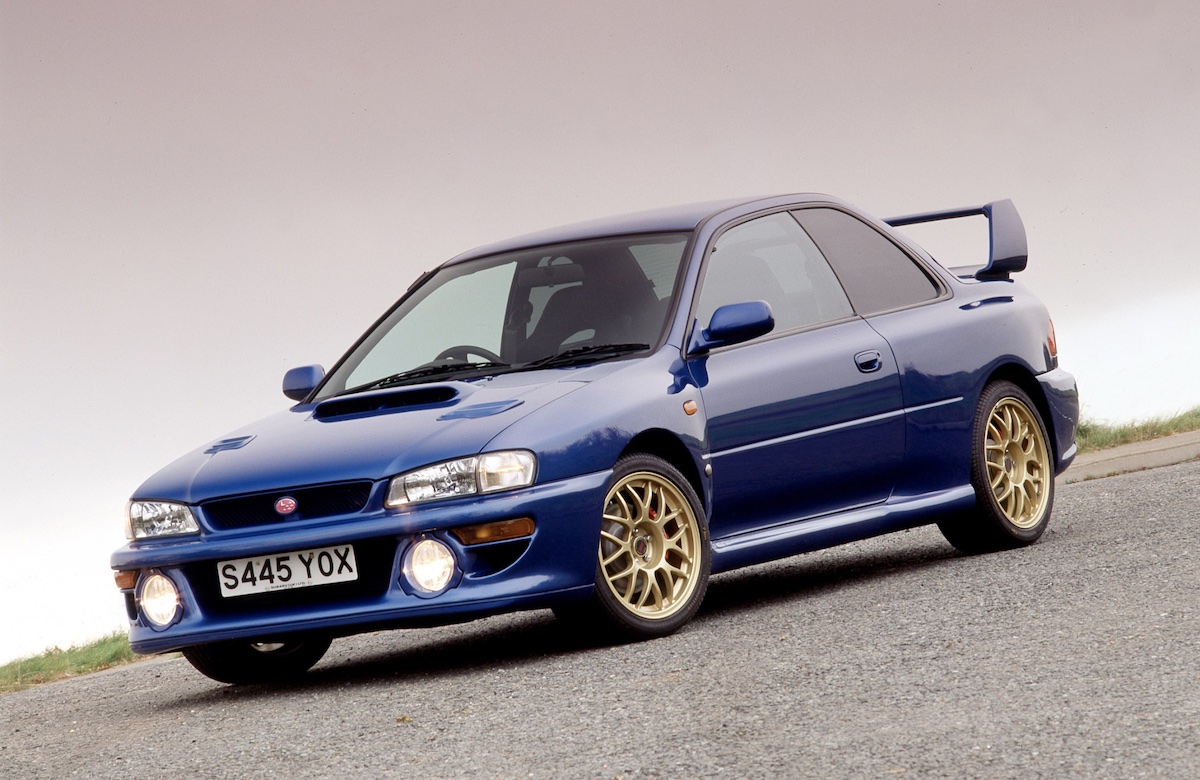
Hence how, in its ruby anniversary year, Subaru decided to go all in and create its own performance and motorsport division, using the existing motorsport expertise the company had developed with Prodrive for the World Rally Team.
The new entity, Subaru Tecnica International was created to strengthen the brand’s performance-oriented image globally, specialising in developing enhanced performance vehicles, especially for rally racing.
The first fruit of the new entity’s labours, and the car designed to commemorate both Subaru’s 40th anniversary and consecutive victories in the FIA World Rally Championship was none other than the now legendary Subaru Impreza WRX STI 22B.
Its cars by the late 1990s had become savage and single-minded forest racers. All that stopped them matching the outright speed of fabled Group B monsters from the 1980s was restrictive gearing, but mid-bend and when soaring over crests they were every but as fearsome.
Subaru’s commemorative edition would channel the savagery and single-minded focus of its forest-racing predecessors, but cloak its awesome performance in a veneer of civility to make it a desirable collector’s piece, one capable of being used as a daily driver.
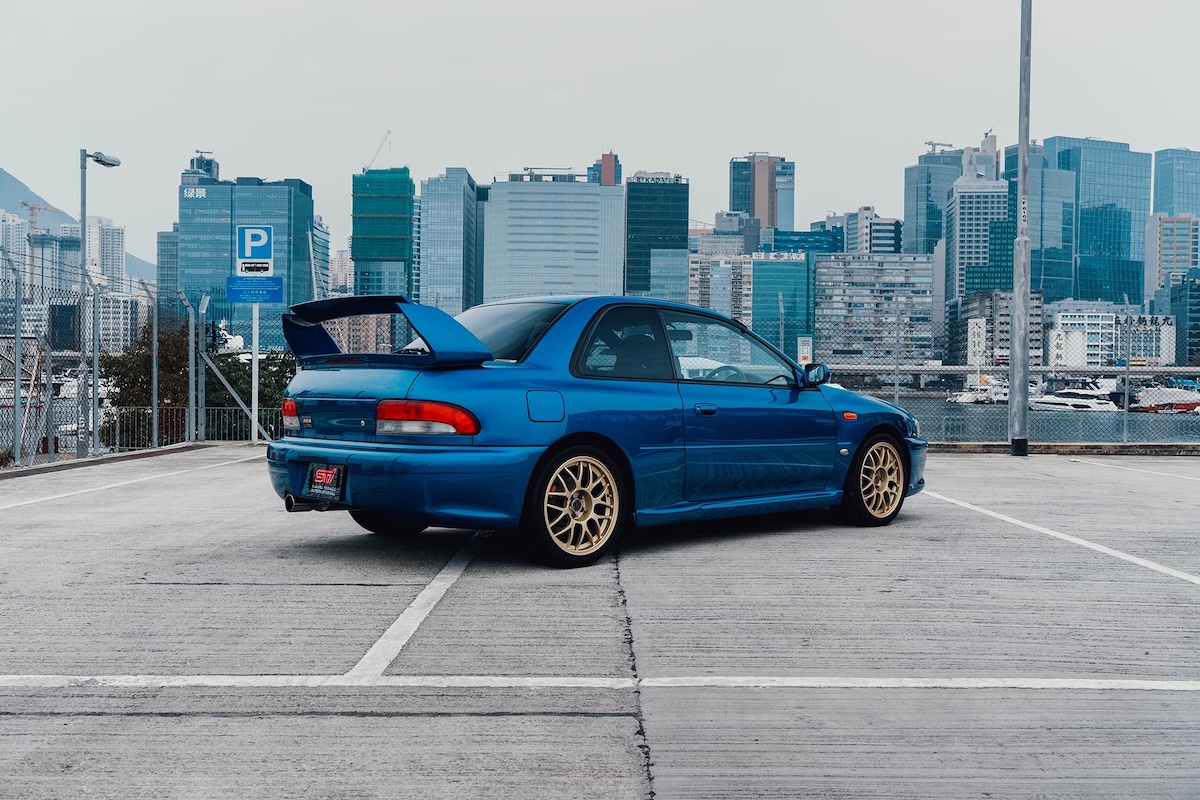
Subaru Tecnica International squeezed every permissible kilowatt out of the quad-cam, 2.2-litre turbo engine, and fitted it to a stripped out two-door body featuring bulging wheel arches housing distinctive gold-coloured 17-inch BBS forged aluminium wheels clad with 235/40ZR17 rubber.
As denoted by its ‘B’ suffix, the suspension struts fitted to STI’s 22B model were supplied by Bilstein and tuned to deliver a firm but not boneshaking ride. Steering was power assisted with 2.3 turns lock-to-lock delivering exceptional sharp response.
Like a proper rally car, the 22B included a centre diff-lock which would be useful if ever these cars encountered a loose surface, but which was best left alone on dry bitumen. The factory torque split was set at 63 percent rear/35 front but could be altered on the move to 50/50.
Buyers might have hoped that spending big on a 22B would deliver an engine with rally-winning power, but into the fray at this point stepped the Japan Automobile Manufacturers Association and its ‘Gentlemen’s Agreement’ on engine outputs.
According to the Agreement which originated during the 1980s, advertised power from a vehicle sold for road use in Japan could not exceed 206kW or 276bhp. What the deal didn’t limit was torque or the revs at which peak torque arrived, so Subaru designed the 22B’s torque delivery and gearing to delivered devastatingly effective mid-range acceleration.
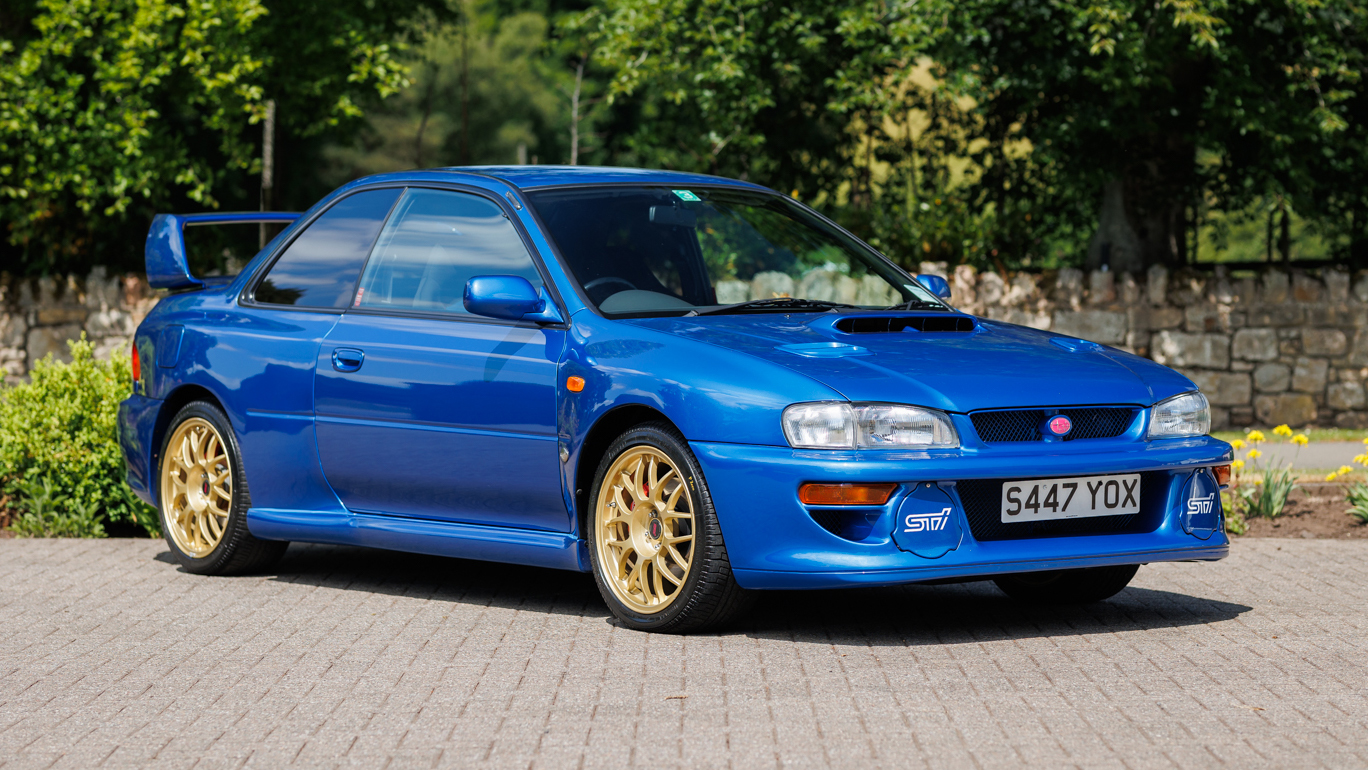
Local magazine tests in Australia pitted an Australian-spec 22B against HSV’s Callaway-engined GTS 300, revealing that while the cars delivered similar times for standing start acceleration, once rolling, the Subaru just disappeared.
Using fourth gear in its five-speed gearbox, the 22B would rocket from 80-110km/h in 2.9 seconds, then covering the 100-130km/h increment in 4.4 seconds – a full 1.8 faster than the more powerful but higher-geared HSV.
Planned production of the 22B was revealed in 1997 and within two days the entire Japanese Domestic Market allocation of 400 cars had been pre-sold. The rest of the world, namely the UK and Australia, had to make do with the remaining 24 cars, comprising 16 cars for the UK, five for Australia, and three “000”-numbered prototypes for special customers.
Australian examples were electronically governed, as they were in Japan, to a maximum of 180km/h, but a test by Autocar magazine in the UK in 1999 recorded a top speed of 149mph (240km/h) on a Type UK British-spec car without the governor.
Sold exclusively in Subaru’s iconic World Rally Blue (or Sonic Blue Mica) the 22B looked aggressive and purposeful with its wide blistered guards, functional hood scoop, and large adjustable rear wing.
Inside, were grippy, cloth trimmed seats with electric adjustment, a premium three-spoke wheel from Italian aftermarket-specialist Nardi, and prominent white-faced dials. Air-conditioning and electric windows were included but there were no airbags and not much in the way of creature comforts, not even a standard sound system, although most cars sold today will have one retro-fitted.
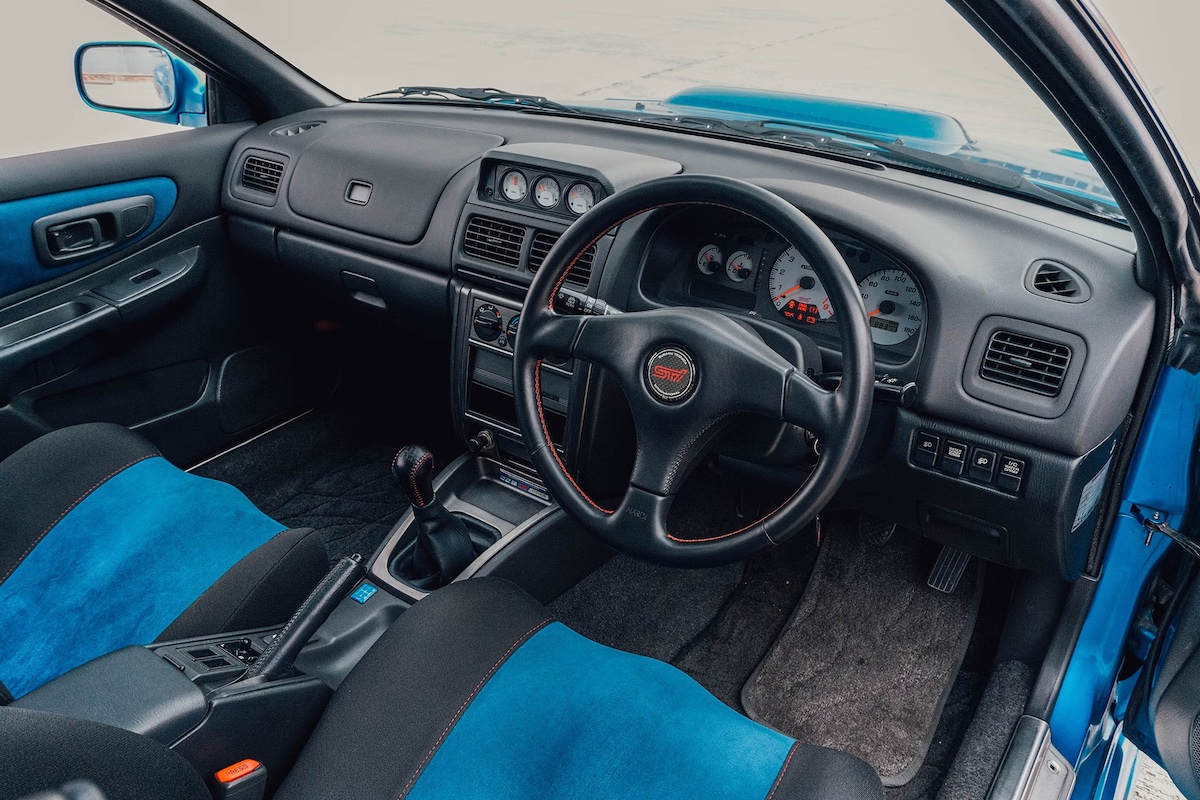
Acquiring a 22B today will be difficult and has become vastly more expensive than when the cars were new and sold locally for $132,000, including $7000 to cover the cost of ADR compliance.
The most recent recorded sale, at Monterey Car Week in the USA where a car sourced from Japan reached US$235,200. That was considerably less, once the currencies are converted, than the top US auction price from 2021 – believed to be A$402,000 – or the record setting £485,000 (around A$950,000) outlaid in 2023 on a 22B formerly owned by Subaru team driver and 1995 World Rally Champion, the late Colin McRae.
The McRae car was even more special than a typical 22B, being the prototype for the limited production run and carrying ‘000/425’ as its ID number.
During 2022, the Prodrive organisation which had managed Subaru’s European rally programme since 1990, announced a ‘tribute’ P25 version of the 22B. These cars, to be built in a run of just 25, used an STI two-door body like the 22B’s but with an EJ25, 2.5-litre turbocharged engine that unleashed the power the Japanese model had kept shackled.
Prodrive claimed a minimum of 400bhp (298kW), with some cars reaching 335kW. Transmission was six-speed with a paddle shifter (just one) and 0-100km/h took 3.5 seconds. When delivered new to their owners in 2023, these tribute P25s cost more than A$800,000.
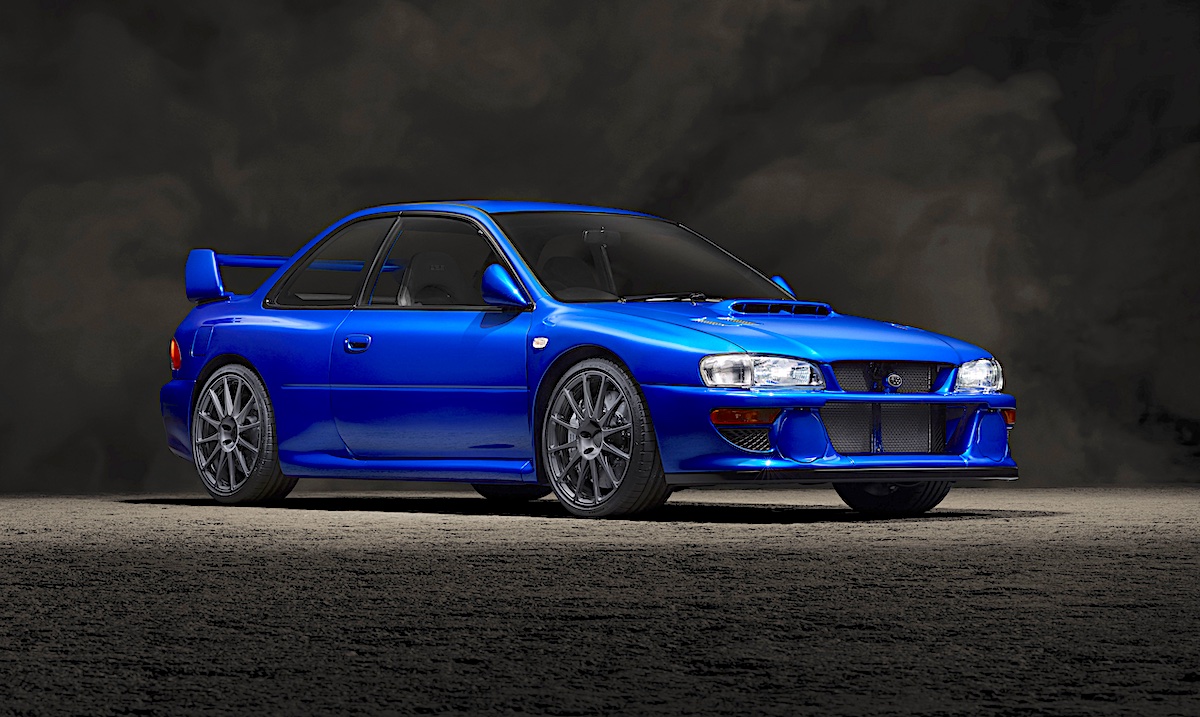
Things To Watch Out For When Buying a Used Subaru WRX STI 22B (1998)
- Authenticity issues and distances travelled influence 22B values, sometimes by six figure amounts.
- If a car has been sourced from overseas with no service history, a pre-purchase check by a performance car specialist is essential.
- High underbonnet temperatures affect rubber components even in low-kilometre cars, so check for coolant leaks.
- Rapid standing starts can destroy the clutch and damage other parts of the transmission.
- Brakes that have been used for track work may need replacement, adding significantly to a car’s cost.
Valuation Timeline: Valuation Timeline: Subaru WRX STI 22B (1998)
-
1998$132,000
-
2005$180,000+36.36%
-
2010$245,000+36.11%
-
2015$330,000+34.69%
-
2020$440,000+33.33%
-
2025$600,000+36.36%Rest of World Edition

